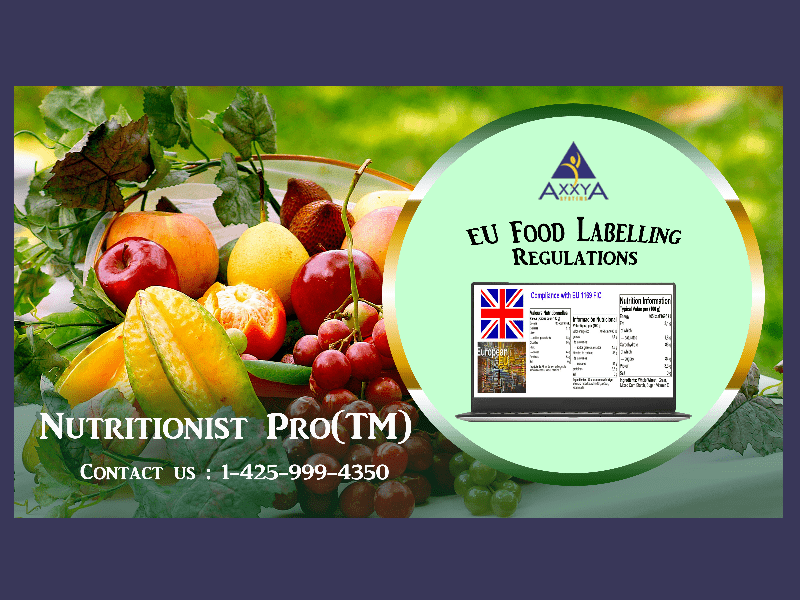Under the new regulation on Food Information to Consumers (FIC), the origin of primary ingredients must be indicated if different from the origin of the food in order not to deceive consumers and to harmonize the display of food nutrition information.
Several new changes to food labelling requirements in the European Union have been rolled out and food manufacturers have to comply with them whether they are based in Europe or exporting to a European country.
Under the new EU food law, three aspects of a food item have especially been emphasized – the quality, safety, and security of food products. A company may have good quality controls, but the safety and security aspects of a food item have some changes which are important.
Quick view of the New EU Food Labelling Regulations:
The new food labelling law regulations apply to all food products delivered to the end users (covering all companies dealing in production and catering of food products and marketing of them online and offline). Under the new food regulation, non-prepacked foods should display a label statement of allergens.
The key requirement under the new EU food labelling regulations is the nutrition declaration, font size for printing the information on labels, the indication of the vegetable origin for vegetable oils, the extension of the country of origin labelling to fresh meat, the highlighting of allergens in the list of ingredients and the indication of date of freezing on unprocessed frozen meat and fishery items is mandatory. Now it is “regulation” in place of “directive.”
Mandatory Information on EU Food Labels
The mandatory food information in article 9 of Regulation 1169/2011 sets out the list of declaration on food labels which includes:
- The name of food
- Information of nutrition for processed foods
- Mention of the country of origin on labels of unprocessed meat from pigs, sheep, goats, and poultry
- Highlighting of allergens in the list of ingredients
- Use legible font sizes
- Ensure to provide allergen information for all non-pre-packed foods, including those sold in restaurants and cafes
- Use-by-date
Annex III EU food regulations laid out additional mandatory labelling requirements for specific types or categories of food.
- Sweetener quantity in foods
- Food packaged in certain gases
- Licorice contents
- Foods with added caffeine
Regulations for Labelling Style
- Font size making sure it is legible
- Language – use the language that is understood by the consumers of the Member State of EU where the food is marketed
- The list of ingredients – indication of ingredients, source of vegetable oils and fats
- Allergens –highlight in a typeset to make them clearly visible
How to Comply with the New EU Food Labelling Regulations?
Manually, this is a huge task. It involves many calculations, a lot of time and good knowledge of the new regulations. There is an easier way to handle these tasks. The implementation of a software to generate food labels in strict compliance with the latest EU food labelling regulations.
How to Choose the Right Food Labelling Solution?
For EU food labelling requirements, several solutions are available. There is a chance of choosing a solution which may not exactly fulfill your business requirements. Ensure the software will give you access to local food composition data which is suitable to use for labelling in the country or region you are serving. Also, make sure the software offers a feature to tailor-make labels to your needs and the ability to manage your recipes independently.
In Conclusion:
Many of the available solutions for food labelling tend to overwhelm people who are first time users. Consult an expert who can guide you through choosing a robust software which has been long used by food manufacturers and producers and service providers, and which offers a full assortment of robust features to meet the EU 1169 nutrition guidelines for recipes and food products and which can create labels in English, French and/or Spanish.
With Nutritionist Pro™ one can experience ease of use, create EU food labelling regulations labels, and enjoy a large reference database.
